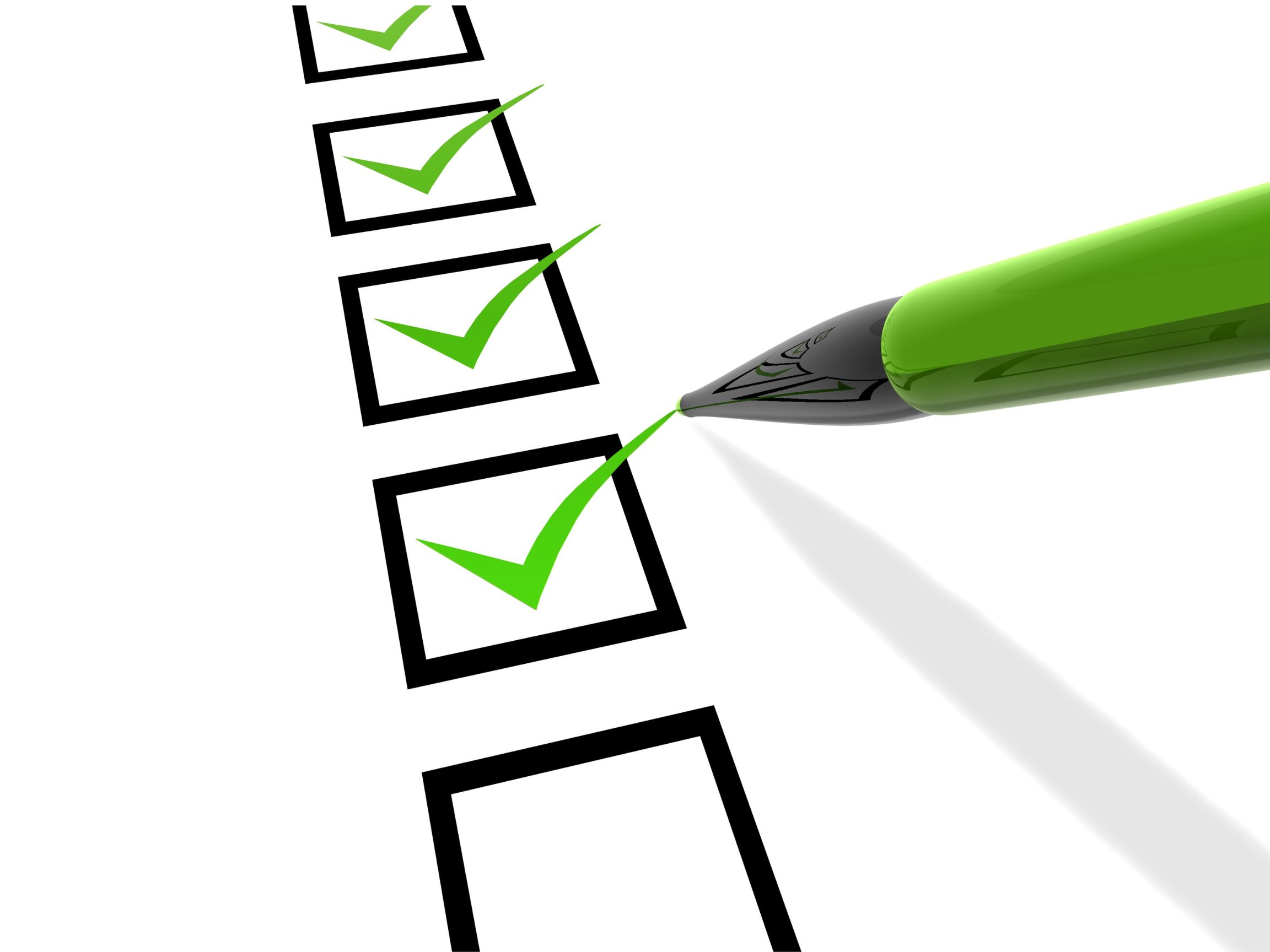
02 Mar A New Hire Checklist
According to a report by Brandon Hall Group, “Organizations with a strong onboarding process improve new hire retention by 82 percent and productivity by over 70 percent.” Further, employers with a weak onboarding process “lose the confidence of their candidates and are more likely to lose these individuals in the first year.” For these reasons, every employer should have a successful onboarding program. Below is a new hire checklist to help you efficiently onboard new employees:
Before the new hire’s first day
- Call or email the new hire to confirm his or her start date and time.
- Answer questions the new hire may have, such as those regarding dress code, work schedule and where to go upon his or her arrival at the company location.
- Schedule new hire orientation.
- Notify everyone in the department of the new hire’s start date.
- Send a welcome packet or email to the new hire, pointing him or her to resources such as the employee handbook, the department contact list, parking information, internal communications, the employee self-service portal and available company benefits.
- Prepare the new hire’s workspace by providing office supplies, technology access, time clock swipe card, etc.
- Arrange training and mentoring.
On the new hire’s first day
Perform new hire orientation, which typically includes:
- Introducing the new employee to his or her workspace, co-workers, and assigned mentor or coach.
- Showing the new hire around the workspace, including the break area and restroom.
- Reviewing the job description and expectations with the new hire.
- Informing the new hire of his or her training schedule.
- Giving the new hire essential paperwork to complete.
New hire paperwork includes:
- Legally required documents, such as Form I-9, Form W-4, applicable state and local tax withholding forms plus all other forms and notices required by federal, state or local law.
- Recommended documents, such as direct deposit authorization, company policies and procedures sign-off sheet, benefits enrollment forms, employment agreements and emergency contact form.
Note that certain documents can be provided before making an official hiring decision. For instance, before you extend a job offer, you can have the selected candidate sign the background check and drug-testing consent forms. In such cases, a job offer is usually sent only if everything checks out.
During the next few months
- Conduct periodic (such as biweekly) meetings with the employee.
- Confirm that the employee has received enough training or mentoring. Provide ongoing training or mentoring if needed.
- Get feedback from the employee to ensure he or she is comfortable and engaged.
- Make sure the employee understands his or her compensation and benefits.
- Keep the employee informed on his or her job performance.
- Encourage the employee to share, through the appropriate channels, any concerns he or she may have.
After the first year, you should have a good understanding of the employee’s capabilities and which areas of development to focus on.
Original content by © IndustryNewsletters. All Rights Reserved. This information is provided with the understanding that Payroll Partners is not rendering legal, human resources, or other professional advice or service. Professional advice on specific issues should be sought from a lawyer, HR consultant or other professional.


